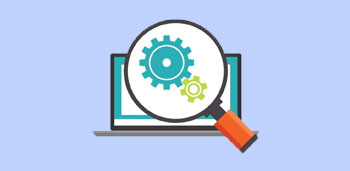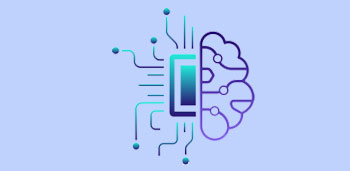In the realm of technological evolution, Artificial Intelligence (AI) and Automation stand at the forefront, revolutionizing industries and reshaping the future of work. AI technology, with its capacity to mimic human intelligence, empowers machines to analyze data, learn patterns, and make informed decisions autonomously.
This transformative force is complemented by automation, which mechanizes routine tasks, freeing up human capital to focus on higher-order responsibilities. Together, AI and Automation form a dynamic duo that enhances efficiency, reduces errors, and accelerates innovation across various sectors.
Aniko Solutions AI Strategy optimizes your business processes and goals. Our AI and Automation experts mastered the art of enabling your AI strategy roadmap with proof of concepts, scalable AI infrastructure and production grade AI solutions deployment.
Based on your business priorities, Aniko Solutions use a unique model of partnership to maximize value realization for your AI solution. we’ll guide you towards a decision where AI rewards your time and effort investment and your company’s data train models that suit you best.

Robotic Process Automation (RPA) is a transformative technology that automates repetitive and rule-based tasks by mimicking human actions within digital systems. By employing software robots or "bots," RPA streamlines business processes across various departments, including finance, human resources, and customer service. These bots can interact with applications, extract data, perform calculations, and even make decisions, freeing up human resources to focus on more strategic and creative endeavors. RPA offers scalability, accuracy, and efficiency, enabling organizations to achieve cost savings, improve compliance, and enhance customer satisfaction. As a key enabler of digital transformation, RPA continues to revolutionize the way businesses operate in today's rapidly evolving landscape.

Testing and Automation go hand in hand as critical components of software development and quality assurance processes. Testing ensures that software meets predefined requirements and functions correctly across various scenarios. Automation in testing involves using specialized tools and scripts to execute test cases, reducing manual effort and accelerating testing cycles. This approach not only improves test coverage and accuracy but also enables faster feedback loops, allowing for timely identification and resolution of defects. By automating repetitive and time-consuming test activities, organizations can optimize resources, increase efficiency, and deliver high-quality software products to market faster.

Machine Learning (ML) is a subset of artificial intelligence (AI) that focuses on building systems capable of learning from data and making predictions or decisions without being explicitly programmed. ML algorithms analyze large datasets to identify patterns, trends, and relationships, enabling computers to learn from experience and improve over time. From image recognition and natural language processing to recommendation systems and predictive analytics, machine learning finds applications across diverse industries, revolutionizing how businesses operate and interact with data. By harnessing the power of algorithms and data, machine learning empowers organizations to automate processes, gain valuable insights, and make data-driven decisions, ultimately driving innovation and competitiveness in the digital age.

Selenium Automation with Java is a powerful combination for building robust and scalable automated testing solutions for web applications. Selenium, an open-source tool, provides a suite of libraries and APIs that enable developers to interact with web elements, simulate user actions, and perform various testing tasks. Java, with its versatility, stability, and extensive libraries, serves as an ideal programming language for writing Selenium test scripts. Together, Selenium and Java offer a comprehensive framework for creating automated tests that can run seamlessly across different browsers and platforms. This combination empowers software development teams to achieve faster testing cycles, improved test coverage, and enhanced reliability, ultimately leading to the delivery of high-quality web applications.